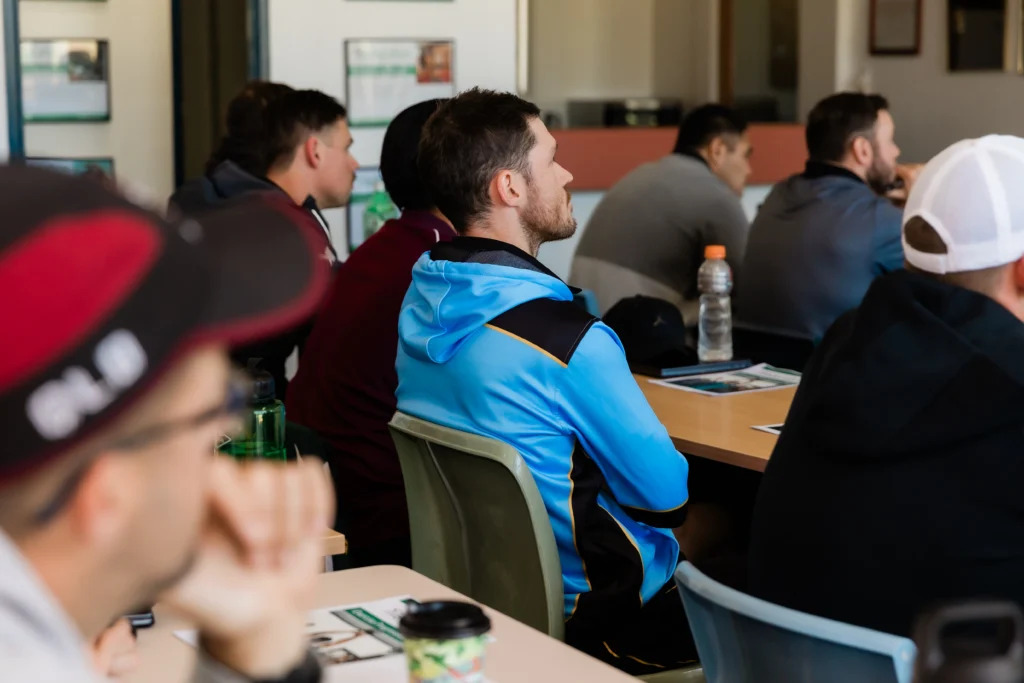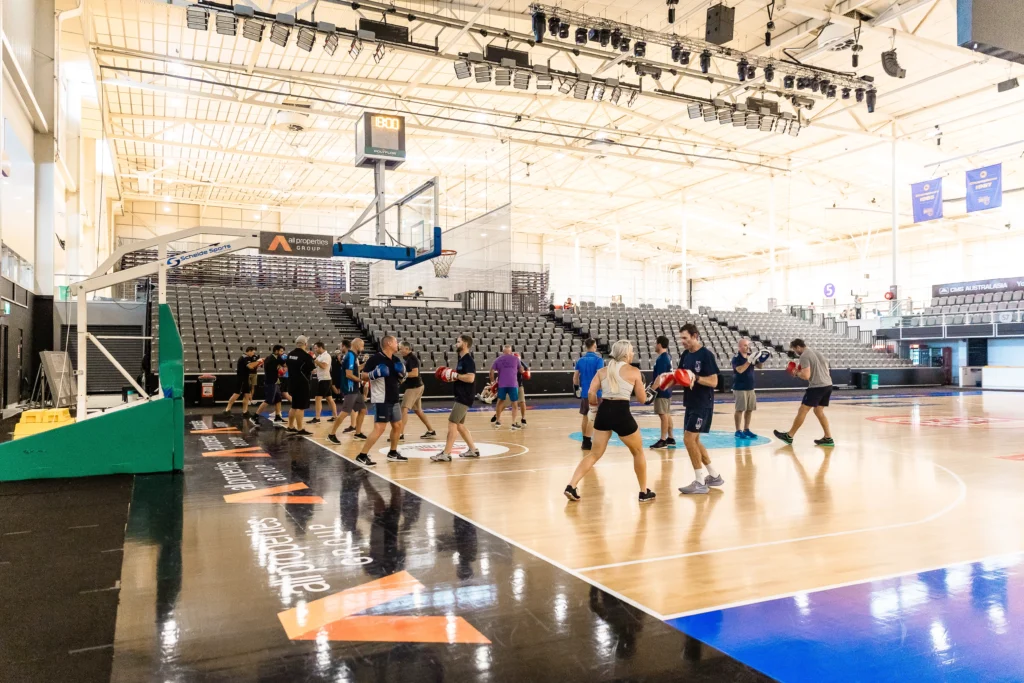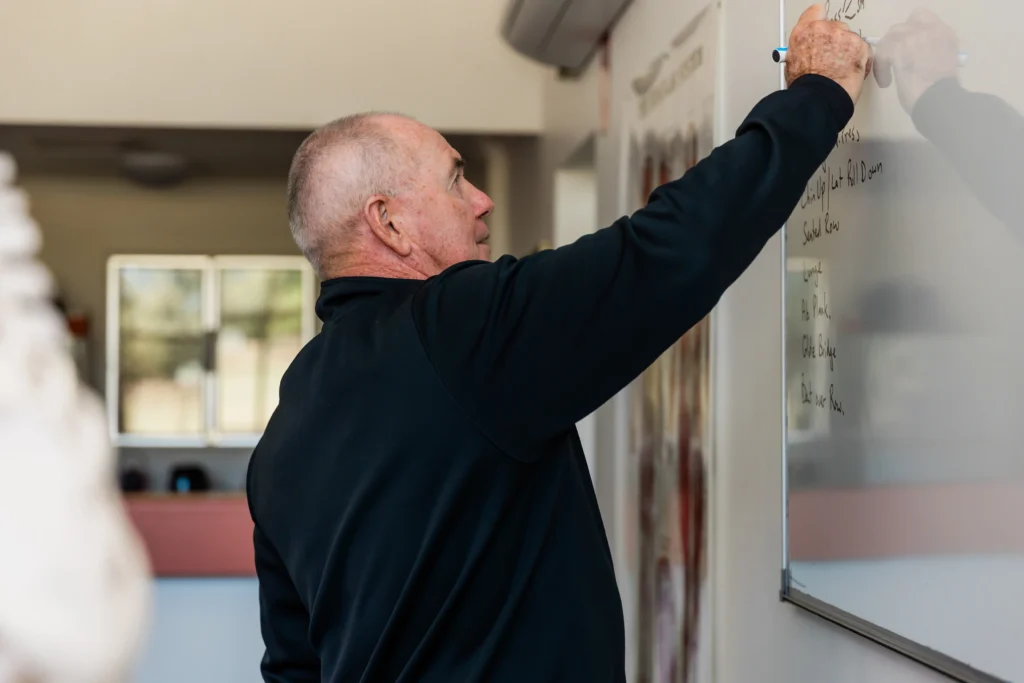Steve Nance.
I have been fortunate to work with hundreds of coaches in a myriad of different sports, at all levels from C and D teams to world champions. What I have discovered is that there is no one coaching style that all these coaches used. In fact, as you will see, there was and is a vast difference in styles and methods but there is one in particular that used a business model to prepare a squad to become world champions: The 1999 world cup Wallabies.

The Intense Approach of Tommy Raudonikis
My initial exposure to professional sports was with the Ipswich Jets, under the legendary Tommy Raudonikis. I had already worked with some great coaches in the amateur theatre: Pat Nilan (Triple Olympian Hockey) and Tony (Slaggy) Miller at Warringah Rugby, Craig Cunningham and Stan Scott (Surf Boat sweep at SLSC) both multiple Australian Champions but nothing could prepare me for the two years I had with Tommy Raudonikis at the Jets. Tommy was a blood and guts coach. The pre match routine had to be seen to be believed and stemmed from his playing days at West Magpies. Tom expected nothing but 100% and to win and expected you to perform in any manner possible to achieve this goal.
Before games Tom’s routine would not only scare the younger players (I remember Kerrod and Kevin Walters first time on the bench in first grade when Tommy started to slap the captain, hard, across the face before the match because he thought he wasn’t setting a good example) but it scared me. If you won, you would expect a party, if you lost (especially if he thought it lacked effort) look out. On numerous occasions after a good win, Tom would instruct the manager to go and get a couple of cartons instead of completing the planned training session on Tuesday night.
Wayne Bennett: The Methodical Planner
In contrast, Wayne Bennett, another coaching legend, exhibited a more methodical and strategic approach. Known for his disdain for unnecessary meetings, Wayne focused on meticulous planning and effective delegation. His philosophy, encapsulated in the phrase “winners have parties, losers have meetings,” highlighted his belief in action over discussion.
Wayne’s success as a coach stemmed from his ability to plan meticulously and communicate efficiently. He trusted his staff to perform their roles without micromanagement, intervening only when necessary. This approach not only empowered his team but also ensured that players received the attention and guidance they needed to excel. By prioritising strategic planning and delegating tasks effectively, Wayne created an environment where everyone knew their responsibilities and worked towards common goals with clarity and purpose.
One time I asked him why he hadn’t spoken to me all week. He replied “I’ll only talk to you if I thought you are not doing your job, otherwise there is no real need to communicate with you as the players are needing more time”. He was and is a highly successful coach, unique in a way. I firmly believe that they destroyed the mould when they made Tom Raudonikis and Wayne Benett.
Rod Macqueen: The Businessman-Coach
Now with Rod Macqueen it was a totally different approach. At Collaroy SLSC I rowed with Rod and when I moved to Queensland, I rowed against him in Maroochydore. I spent a year doing the Warringah Rats strength and conditioning. This is back in the early/mid 1980’s, it wasn’t until October 1997 that I decided to work with Rod again, this time at the Wallabies.
Rod was a successful businessman. He started and ran his own marketing and display business. It became quite a big earner and up until only recently he was actively involved. Early on he was also a successful coach at both Warringah and then the NSW Waratahs. But first and foremost, he was a businessman and had already started to apply business principles to his rugby teams. Then he was appointed The ACT brumbies inaugural coach in 1996. He took a group of unwanted players from NSW and QLD to the finals in just two years and started what has become Australia’s most successful Super Rugby team.

Implementing Business Principles in Coaching
The first thing I noticed with Macqueen was his business approach. We had staff meetings daily. He set up each coach as a department and each had a portfolio. Each had to develop a business/coaching model in their own area of expertise.
Mine was a bit unique . He wanted the Australian rugby players to be:
- Leaner.
- Aerobically fitter.
- Stronger.
- More powerful to win one on one contests.
- More mobile.
These became my K.P.I’s and he gave me exactly two years to achieve this. He said on November 5th, 1999 at Cardiff Arms park he wanted us to hold aloft The William Webb Ellis Cup and be declared rugby world champions.
Every Friday in camp or on tour we had a business meeting. Players and coaches had to complete a SWOT analysis on the opportunities. He made each coach do a SWOT analysis on themselves. He applied the 80/20 business principle or rule also known as the Pareto principle whereby we would look at the key or core 20% in each area that had an effect on 80% of our outcomes.
Did it work? It certainly did.
In 1997 we held virtually no cups. In 2000 (when I left to work in France) we held every conceivable cup achievable, including the coveted Rugby World Cup. Rod’s success rate as a coach was 79%. A feat not achieved before or since. Of the 43 tests, we won 34, drew one and lost eight.
The Results Speak for Themselves
The combination of business and sport definitely proved successful.

Learning from the Best: Fit Education’s Courses
Sport coaching and sport development and other topics including sport leadership, sport psychology and integrity and ethics in sport are covered in Fit Education’s Diploma of Sport. The Diploma of Business covers business, marketing and other leadership topics in a fitness and sporting context.
Written by Steve Nance.
Steve has worked extensively in professional sports both in Australia, France and England. He has been in charge of the physical preparation at several high profile organisations including: Brisbane Broncos, Nth Queensland Cowboys, ASM Rugby France, Bordeaux Begles France, Queensland Reds, Fulham FC England and Leeds Carnegie Rugby England. A highlight was being on the coaching staff for the 1999 Rugby World Cup when Australia won. Steve teaches the Cert III and IV in Fitness on campus courses and works at the Fit Lab Toowoomba, in charge of a large staff incorporating full time Exercise Scientists, Exercise Physiologists, Strength and Conditioning coaches and other allied Health Professionals.
Other articles by Steve: Preventing Lower Limb Injuries in Female Sports: Practical Tips for Safer Training ; Coaching Junior Teams for Success and Enjoyment.
